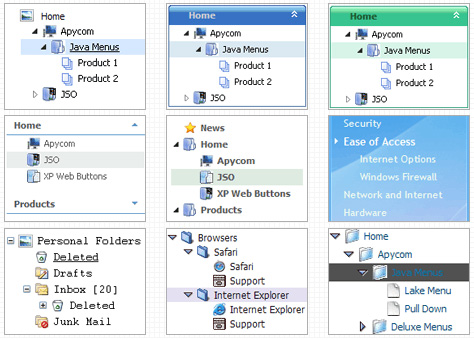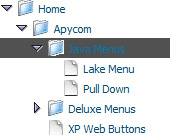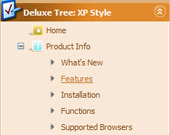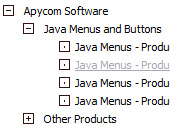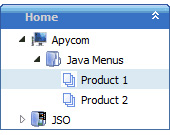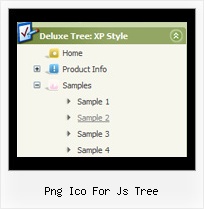Template: Png Ico For Js Tree
Html Tree Menu Vista Style 4
The template emulates Vista OS menu style. To open submenus click on menu items.
The appearence of this template is determined by the following parameters:
- The menu have XP Style; Animation effect for subitems
- Toggle-mode support.
- Items have icons
- Menu has a static position and is placed within the table cell
The template emulates Vista OS menu style. To open submenus click on menu items.
The appearence of this template is determined by the following parameters:
- The menu have XP Style; Animation effect for subitems
- Toggle-mode support.
- Items have icons
- Menu has a static position and is placed within the table cell
Key features:
- 3-state icons for each item
- different speed for an animation for submenus
- Several menus on one page
- Each item can have individual settings
- Movable and floatable menu
- Filters and Transitional effects
- Submenus expand/collapse on mouseover
- Relative/Absolute menu position
- 3-state icons for each item
- different speed for an animation for submenus
- Several menus on one page
- Each item can have individual settings
- Movable and floatable menu
- Filters and Transitional effects
- Submenus expand/collapse on mouseover
- Relative/Absolute menu position

